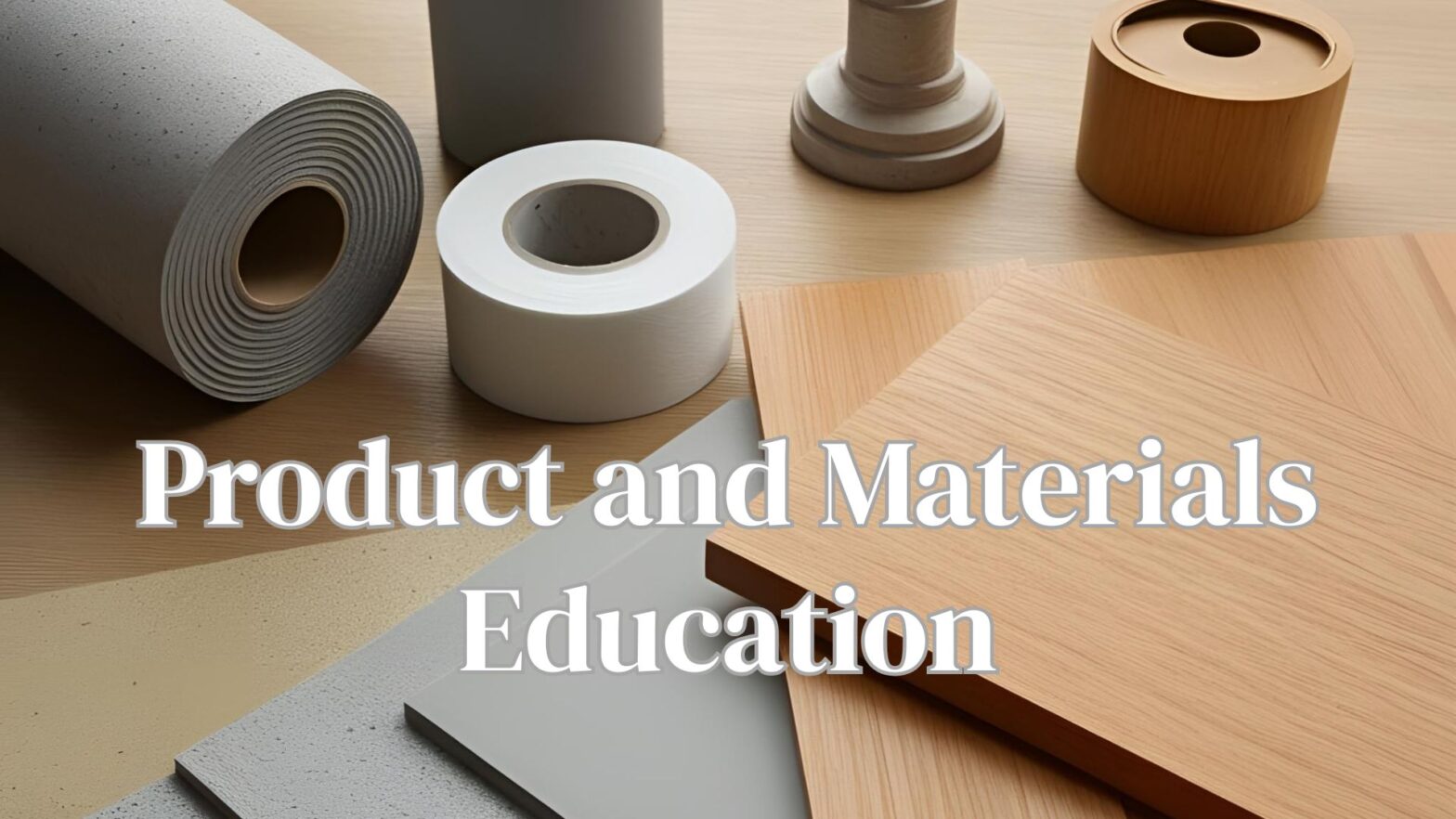Does Formaldehyde-free Particle Board Meet LEED Certification Standards?
Formaldehyde-free particle board is gaining attention in sustainable construction due to its lower environmental impact and health benefits. As the demand for green building materials continues to rise, many builders, architects, and designers are turning to this material as a sustainable alternative to traditional particle board. In this blog, we will explore whether formaldehyde-free particle board meets LEED (Leadership in Energy and Environmental Design) certification standards and how it can contribute to more eco-friendly construction practices.
What is LEED Certification?
LEED is a globally recognized green building certification system developed by the U.S. Green Building Council (USGBC). The system is designed to help building owners and operators maximize the environmental and economic performance of their buildings. LEED certification assesses a building’s impact across several key categories, including energy and atmosphere, materials and resources, indoor environmental quality, and sustainable site development.
Buildings that earn LEED certification are awarded points based on how well they perform in these categories. A project must meet specific criteria to be eligible for LEED certification, and the use of sustainable materials is a critical component of this process.
The Role of Formaldehyde-Free Particle Board in LEED Certification
Formaldehyde-free particle board, made from wood particles or fibers bound together with adhesives that do not contain formaldehyde, can play a significant role in contributing to a building’s LEED score. Formaldehyde is a volatile organic compound (VOC) that can emit harmful fumes over time, negatively affecting indoor air quality. By eliminating formaldehyde, this type of particle board helps create a healthier indoor environment, which is a crucial aspect of LEED certification.
- Indoor Air Quality (IAQ) Credits
One of the primary categories that formaldehyde-free particle board can impact is the Indoor Environmental Quality (EQ) category, which focuses on improving the health and comfort of building occupants. LEED awards points for using materials that enhance air quality, and formaldehyde-free products directly contribute to this by reducing harmful VOC emissions.
Reduction in VOCs: Formaldehyde-free particle board significantly reduces the release of VOCs, which can lead to poor indoor air quality and health problems such as headaches, respiratory issues, and eye irritation.
Low-Emitting Materials: Under LEED, buildings can earn points for using low-emitting materials. Formaldehyde-free particle board fits this category, as it does not release harmful chemicals into the indoor environment. This is particularly important for commercial spaces, schools, hospitals, and residential buildings, where occupant health is a priority.
- Materials and Resources (MR) Credits
The Materials and Resources (MR) category in LEED focuses on minimizing the environmental impact of building materials. Formaldehyde-free particle board contributes to this category in several ways
Sustainable Sourcing: Some manufacturers of formaldehyde-free particle board use recycled materials or wood sourced from sustainably managed forests, contributing to sustainable sourcing points under LEED.
Recyclability: This type of particle board can often be recycled, which helps reduce waste and supports the circular economy. Buildings that prioritize recyclable materials can earn points under the MR category, particularly for waste diversion strategies.
- Life Cycle Impact Reduction
Formaldehyde-free particle board is often viewed as a more environmentally friendly alternative to conventional particle board, which can contain higher levels of formaldehyde-based adhesives. The use of such materials helps reduce a building’s life cycle impact, which is a significant factor in achieving LEED certification.
Lower Environmental Footprint: The reduced environmental impact of formaldehyde-free particle board, including less harmful chemical emissions during manufacturing, supports LEED’s emphasis on minimizing the environmental footprint of building materials.
Long-Term Health Benefits: By promoting better indoor air quality, formaldehyde-free particle board can help ensure long-term health benefits for building occupants, making it an ideal material for sustainable and healthy living and working spaces.
Challenges and Considerations
While formaldehyde-free particle board has clear benefits for meeting LEED certification standards, there are also some challenges to consider when incorporating it into a project
- Availability and Cost
Formaldehyde-free particle board may not be as widely available or as affordable as traditional particle board, which could present a barrier for some projects. However, as demand for sustainable materials increases, prices are likely to become more competitive.
- Performance Compared to Conventional Materials
In some applications, formaldehyde-free particle board may have different performance characteristics compared to conventional particle board. It is essential for builders and architects to evaluate whether this material meets the specific structural and durability needs of the project.
How Formaldehyde-Free Particle Board Can Contribute to LEED Points
When incorporated into a building project, formaldehyde-free particle board can contribute to various LEED credits, potentially helping the project earn certification. The material can earn points under several categories
Indoor Environmental Quality (EQ): Points for low-emitting materials and improving indoor air quality.
Materials and Resources (MR): Points for using sustainable and recyclable materials, particularly if the product is sourced responsibly.
Innovation: If formaldehyde-free particle board is used in a creative and unique way that contributes to sustainability goals, it could earn points under the Innovation category.
In addition to its impact on LEED certification, using formaldehyde-free particle board supports a broader commitment to sustainability, making it an ideal choice for eco-conscious builders and designers.
Conclusion
Formaldehyde-free particle board is an effective and eco-friendly material that can help meet the stringent requirements for LEED certification. By improving indoor air quality, supporting sustainable sourcing, and contributing to a reduced environmental footprint, it offers numerous benefits for both residential and commercial construction projects. As more builders and architects prioritize sustainable design, formaldehyde-free particle board is likely to become a key component of LEED-certified buildings, making it a smart choice for those looking to embrace green construction practices in 2025 and beyond.


